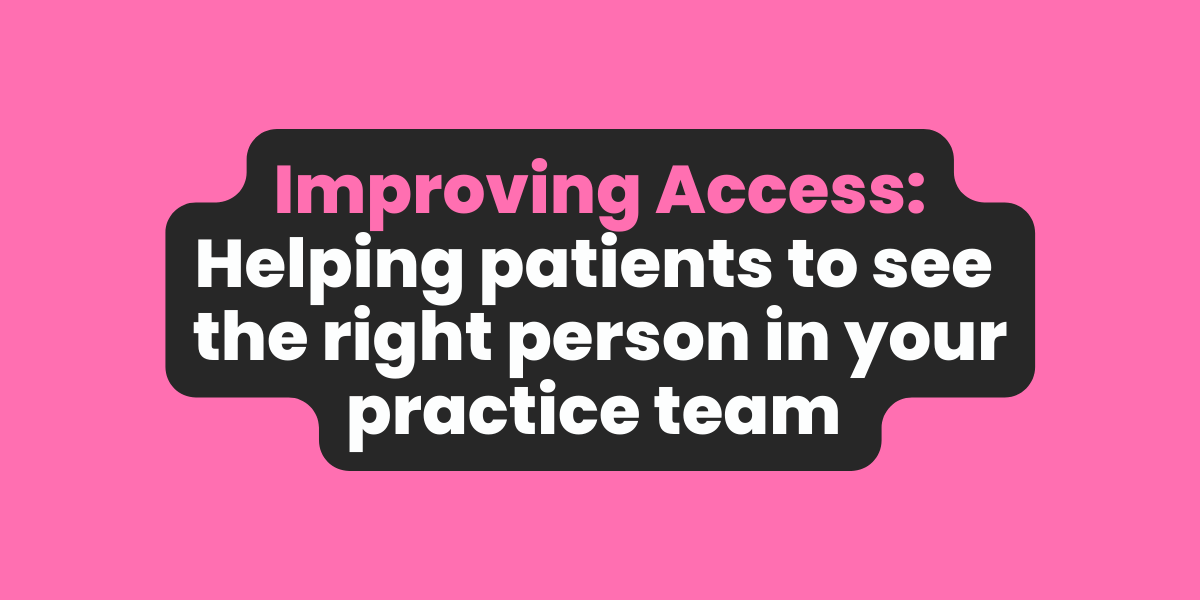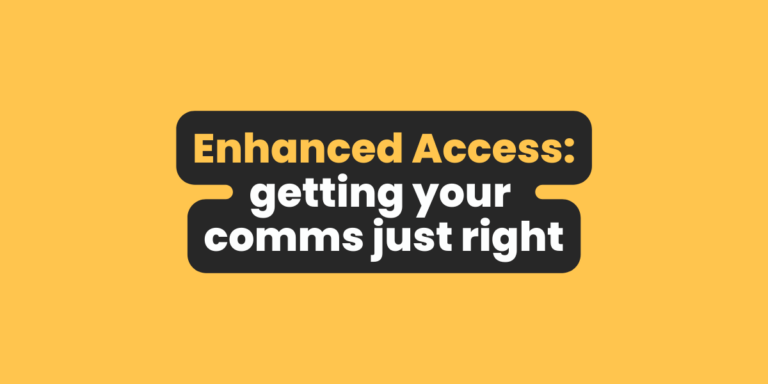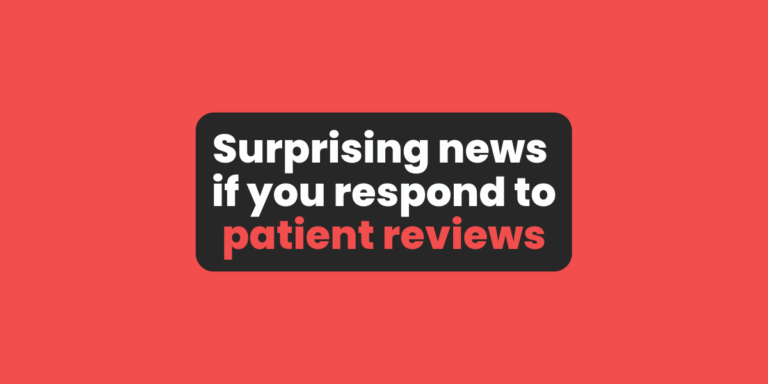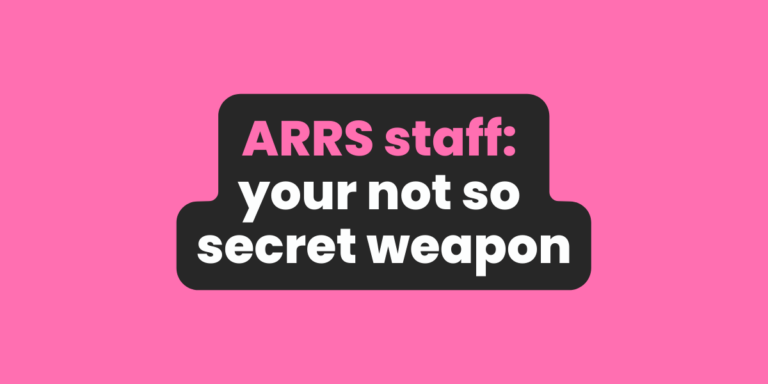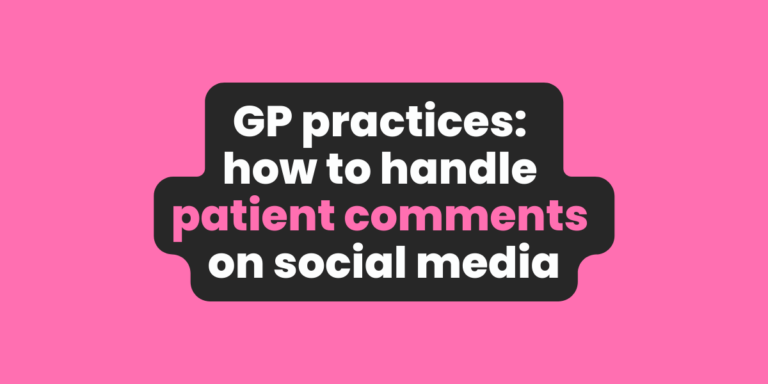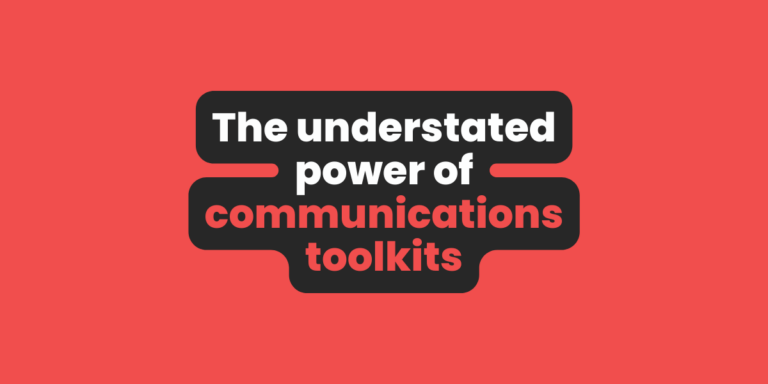As primary care networks put the finishing touches to their 2023/24 Capacity and Access improvement plans, one topic continues to creep up where communications are concerned: “How can we tell patients they can’t see the GP every time they need an appointment?”
Well firstly, we don’t really want to be telling patients they can’t see the GP, do we? They’ll only hear the word no which is never a great place to start a productive conversation. It might also inadvertently give the impression that nobody else other than the GP is qualified in your GP practice team when we know full well that isn’t the truth by a long shot.
In our work with primary care networks and practices, there tend to be three common reasons why patients aren’t keen on seeing someone else. But before you chuck the towel in and say I’d have more chance selling hamburgers to Ronald McDonald, know this. Behavioural psychology gives us some nifty ways to encourage even the most reluctant of patients to try something new.
The Status Quo Bias:
Most of us know and trust our GPs. Have done for years. So what happens when we’re suddenly told our next appointment is with somebody else or it’s happening elsewhere?
And it’s not a GP. Fine, you might say but that’s not the case for everyone.
Behavioural biases exist in all of us and we have them set at different volumes. A behavioural bias is an irrational belief that affects our decision-making, without us even noticing.
One bias that always rears its ugly head in most circles of life and not just primary care is the Status Quo bias. “I always see Dr X!” screams the patient down the phone at the poor old receptionist.
The patient wants to see their regular GP who they know and trust. Even if another healthcare professional may be able to provide better care on this occasion, a change is considered a loss.
The Confirmation Bias:
How many times have you heard a patient mention, “I’ve read they’re useless!” shortly followed by a paragraph that sounds eerily like it was read out from the Daily Fail?
Confirmation bias is where the patient has preconceived notions about certain healthcare professionals or treatments. What’s more, they only seek out information that confirms their beliefs. Remember COVID-19 vaccinations…let’s not open that can of worms again!
The Bandwagon Effect:
You might hear something along the lines of, “They saw my next door neighbour. She said they were useless!” and the long painful sigh of your care navigator as they search for how to tell the patient they’ll need to wait at least 12 days to see a GP then.
This friends, is known as the bandwagon effect. It’s seen a lot around elections and it’s where the patient is influenced by the opinions or preferences of others. They’re extra hesitant to try something new or different.
How to tackle behavioural biases to encourage patients to see the right person in your team
Behavioural biases can’t be broken overnight. But the good news is they can be gently overcome through a combination of:
- Reframing
- Nudging
- Social proof
- Loss aversion
- Goal setting
- Active listening
- Empathy
- Education
- Information
If you’re ready to take a peek at these powerful, practical behavioural techniques in action to see how they might improve patient experience and access across your PCN, check our Eventbrite page for upcoming Drop-in Comms Clinics to get more ideas.
Or skip the lot and ask us to tackle the comms around improving access where you are instead. Drop us a line to find out more.

